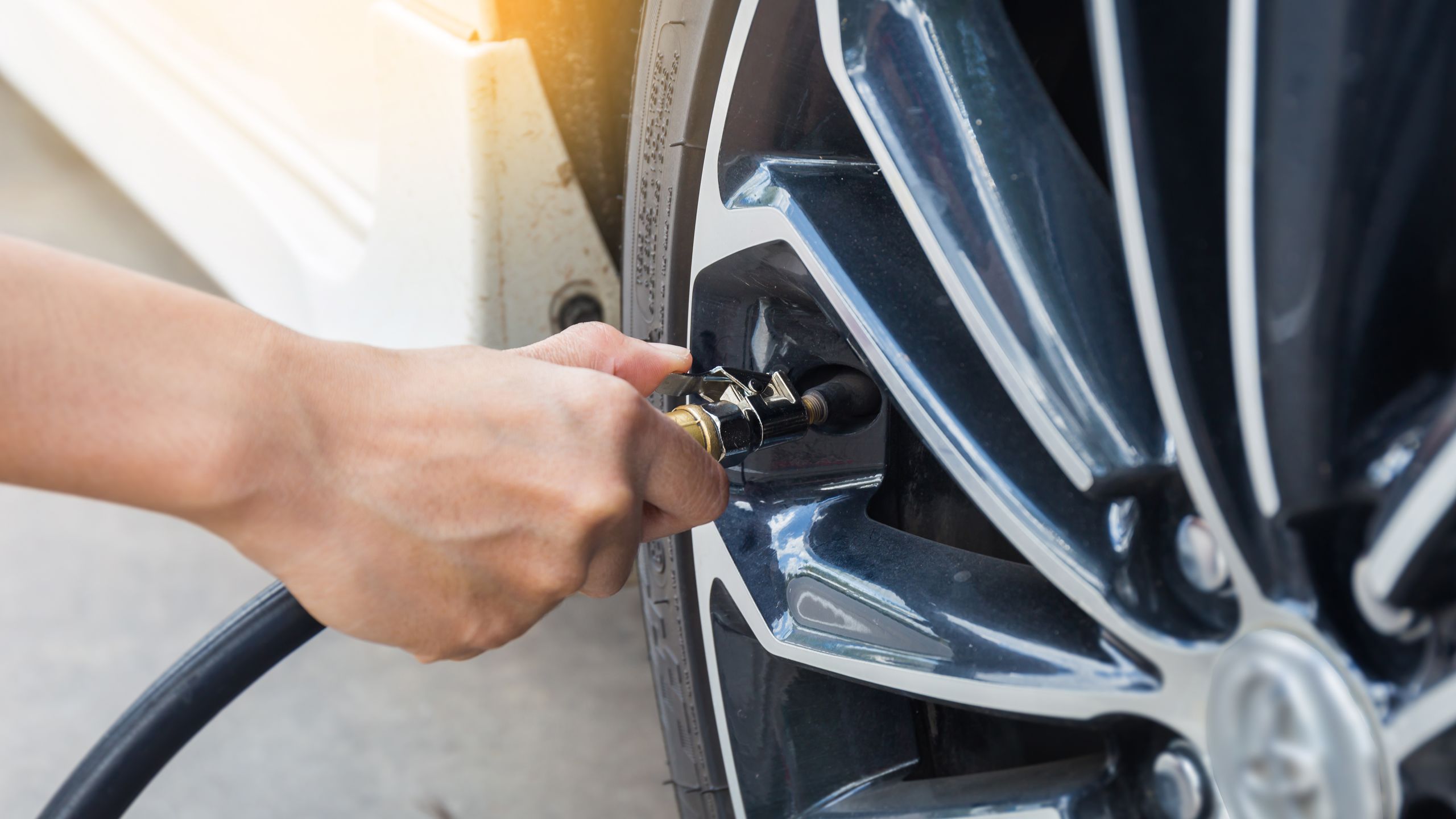Creation date : 15/11/2020
1. What is a winter tyre? What is the difference with a summer tyre?
Winter tyres are made of materials that are resistant to the cold, which allows the rubber to remain flexible and grip better to the road, even when the temperatures plummet. What’s more, the tyre's tread pattern has additional sipes and grooves designed to provide better braking performance: -25% shorter braking distance in the winter season* (when the temperature is below 7 degrees Celsius). Compared to summer tyres. This gives you better road handling and increases your safety behind the wheel.
2. When should I put on my winter tyres? What does the regulation say?
The Highway Code specifies that a vehicle driving inwinter conditions, i.e. ice, packed snow, slush, patches of ice or frost, must be fitted with winter tyres (Grand-Ducal Regulation of 10 September 2012, Art. 160 of the Highway Code). So there is no requirement to have your winter tyres on by a certain date. However, tyre manufacturers indicate that below 7°C, summer tyres lose grip. This is why the Grand-Ducal Police recommend fitting your car with winter tyres between October and Easter.
3. What are the consequences of keeping your winter tyres in summer?
As soon as the temperature rises above 7°C, the rubber softens. Your tyres then wear out faster and you use more fuel. In addition, the grooves on winter tyres reduce the contact surface and the tyre loses grip when summer conditions return.
4. Can you just fit 2 winter tyres?
No! The law specifies that all your wheels must be fitted with winter tyres. This is what allows you to benefit from good grip in bends or when braking and to avoid slipping and aqua-planning. If you mix winter and summer tyres, you do not meet the legal requirement for winter conditions.
On the other hand, if your winter tyres are beginning to show signs of wear, you can replace the rear tyres first. In this way, when controlling your trajectory, you will benefit from the optimum grip of new tyres to prevent the rear axle (which is not controlled by the steering wheel) from stalling.
5. Are winter tyres compulsory for motorists who do not live in Luxembourg?
Yes, the obligation applies to all drivers who drive in the Grand Duchy, regardless of their country of registration. This means that cross-border workers and neighbours in transit are also subject to this rule.
6. How much is the fine? What are actually risking?
If the police catch you driving without winter tyres in winter conditions (frost, ice, snow...) they will charge you a warning fine of € 74 and immobilise your vehicle. It’s worth remembering that checks are sometimes organised by the law enforcement agencies at border crossings.
7. Am I allowed to opt for 4-season tyres?
Yes, as long as they are marked: M & S, M.S., M+S or a snowflake.
This 4-season tyre can be used in a wider range of situations ranging from negative temperatures (- 10 °C) to + 30 °C. It can therefore be kept all year round, without the need for half-yearly rotations.
It is a simple and economical compromise but does not offer the best performance. Road handling is less effective on snow in winter. The same is true in the rain in summer.
8. What are the criteria for choosing a winter tyre?
The main criterion to take into account is the climatic conditions in which you will be driving.
If you drive a lot, on potentially snow-covered roads, or if you are driving through sites that are difficult to access (steep slopes for example) then don't hesitate, you need tyres that are specially designed to cope with the hazardous conditions found in winter. These dedicated tyres offer the best performance without compromising your safety.
If you only drive in town and on snow-cleared roads, then 4-season tyres are a good option.
You can visit the tcs.ch or adac.de websites which offer performance comparisons of the different tyre models.
9. How do you know if your winter tyres are in good condition?
The Luxembourg Highway Code states that winter tyres must have grooves at least 1.6 mm deep. However, to ensure your safety, the Grand-Ducal Police recommend replacing your winter tyres as soon as the depth of the grooves is less than 4 mm. How do you know this? Take a 1 euro coin and slide it into any grooves that seem worn. If the golden edge of the coin is invisible, you do have 4 mm of rubber at your disposal!

10. What is the correct inflation pressure for your winter tyres?
Winter temperatures cause tyre pressure to drop. It is advisable to check the pressure every month. To do so, follow the manufacturer's recommendations. However, you should take care to adjust the pressure according to the inflation conditions. If you adjust the pressure in a garage where the inside temperature is positive (18°C) while the outside temperature is negative (-2°C for example), it is recommended that you add 0.2 bar to the pressure indicated by the manufacturer.
11. What is the difference between a winter tyre and a snow tyre?
In Luxembourg, winter tyres are compulsory in snow, frost or ice conditions. These tyres are adapted to the winters of our regions: wet, cold and snowy roads. Snow tyres or Nordic tyres (which sometimes have studs) are adapted to extreme conditions (Scandinavia, Russia, etc.). They can withstand temperatures down to -40°C and are suitable for roads that are regularly covered in ice. These tyres are reserved for use in the mountains.

12. What budget should you set aside for your winter tyres?
Winter tyres are about 20% more expensive than summer tyres. Their price depends of course on your vehicle type, but also on the brand of tyre and the model chosen (allow for between €60 and €250 per tyre).
The most practical solution is to have two complete sets of wheels (tyres + rim): one with winter tyres, the other with summer tyres.
It is more expensive at the beginning - allow for € 200 for the purchase of 4 sheet metal rims - but the change is easier and quicker afterwards. You can even change them yourself to save money.
If you opt for only one set of wheels, the tyres must be re-mounted on the rims at each change of season. This necessarily requires a visit to the garage, which must: remove the tyre from the rim, then put the other one back on, re-inflate and re-balance it (allow for approximately € 80 for the 4 tyres). This means more work for the garage and therefore more costs in the long term. Because at a rate of 2 changes per year, purchasing 2 sets of wheels quickly pays for itself.
13. Where to store your tyres?
In a cool, dry and clean place. You don't have room at home? Most garages in Luxembourg offer storage for your tyres to make your life easier. You should expect to pay around €100 per year for this service.
14. In the event of an accident, what happens if I don't have my winter tyres?
This does not affect your insurance policy. The insurer's duty remains unaffected. You will therefore be compensated in accordance with the clauses in your policy. However, if the police go to the scene of the accident, you risk a fine.
You don't have enough time to get to the garage? In Luxembourg, there are various services that offer to take your car to the garage for you and return it to you during the day with winter tyres fitted. That’s all it takes to respect the highway code and ensure everyone’s safety.
An advisor is available in every region of the Grand Duchy to offer you his services and his well-informed advice about insurance solutions : Do you need advice ?









